Bad Tabernacle in Isaiah 66
or Lord of the Flies
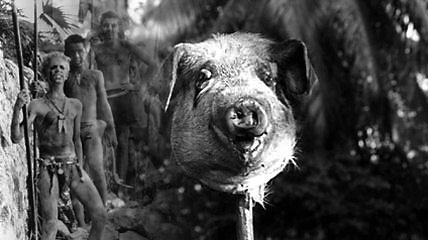
Isaiah 66 pictures hypocritical worship as the Altar of the Abyss (See that series here).
This is just a quick overview. Most of it does seem to fit, but I’m sure there’s plenty more work to do here…

Isaiah 66 pictures hypocritical worship as the Altar of the Abyss (See that series here).
This is just a quick overview. Most of it does seem to fit, but I’m sure there’s plenty more work to do here…
“For as the new heavens and the new earth [Land] which I will make shall remain before Me,” says the LORD, “So shall your descendants and your name remain.” Isaiah 66:22
If you’ve been around preterism for a little while, you will know that this phrase is Covenantal. It refers to a new firmament (blood covering) and new mediators (on the Land); a new crystal sea government (Laver) and a restored four-cornered Israel (Bronze Altar).
So, Isaiah’s and Peter’s references to a new heaven and a new earth refer to looming Covenantal events, events which were contemporary to the respective authors. Isaiah spoke of the Restoration of Israel from Babylon. Peter spoke of the full inauguration of the kingdom in AD70.[1]
But extreme preterists want to divorce the term from physical reality altogether. I do follow them up to a point, but I think the solution is that, yes, all Creation is Covenantal, but it began with the physical world and will end with a restored physical world:
Continue reading
Or Old Covenant baptism
“The LORD said to Moses, “Speak to the Israelites and say to them: ‘Throughout the generations to come you are to make tassels on the corners of your garments, with a blue cord on each tassel. You will have these tassels to look at and so you will remember all the commands of the LORD, that you may obey them and not prostitute yourselves by going after the lusts of your own hearts and eyes.” Numbers 15:38-39
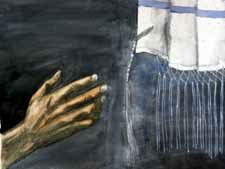 Every Israelite was to wear a robe with four blue tassels. The Hebrew word for tassel is the same as for wing. Israel, as mediator-nation between heaven and earth, flew about in the air between heaven and the abyss. Malachi prophesied that the Messiah, the Sun of righteousness would come with healing in His wings, or, healing in His tassels. The four blue reminders of the letter of the Law would no longer bring death, but life.
Every Israelite was to wear a robe with four blue tassels. The Hebrew word for tassel is the same as for wing. Israel, as mediator-nation between heaven and earth, flew about in the air between heaven and the abyss. Malachi prophesied that the Messiah, the Sun of righteousness would come with healing in His wings, or, healing in His tassels. The four blue reminders of the letter of the Law would no longer bring death, but life.
The sick woman in Matthew 9 touched the hem of His robe and was healed of a disease that made her ceremonially unclean (see also Matt. 14:36; Mark 6:56). She had touched the curtain of a new Tabernacle and her sin was identified with Him instead of with her. The flow of blood (death-by-Torah) was stopped, and a flow of cleansing water was begun. We have to take things a little deeper to get the full picture.
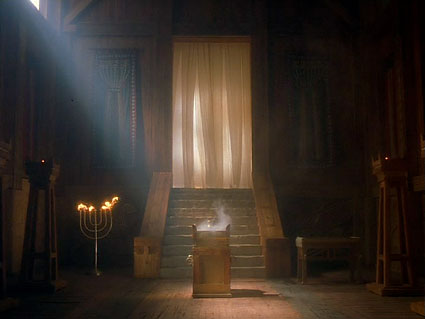
Time for another weird post I think. Here’s some thoughts on Genesis 2:
“This at last is bone of my bones and flesh of my flesh;
she shall be called Woman, because she was taken out of Man.”
Why the change from Adam and Eve to Ish and Isha? Perhaps because the words are symbolic, and symbols describe relationships.[1] There is the possibility that these words were used because they sound like eish (fire), regardless of their differing derivations (the jury is still out on this one after 6000 years). Jordan mentions that Adam was to be an Altar made of earth, and with his own blood shed comes the “fire” of Isha, the woman as the shining on the altar, the glory cloud on Mount Sinai. It certainly corresponds with the feasts. Adam “ascends” to headship over Eve in marriage (Firstfruits), and then he is to “open the Law” to Eve and fill her with light (Pentecost), which he did, but failed to repeat the Law (Trumpets) after she was tested. Atonement followed.
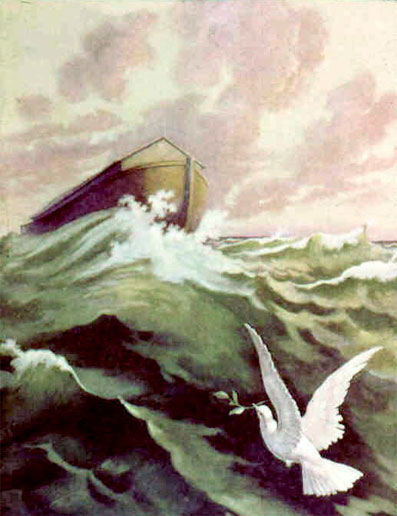
If we don’t get Genesis right, we’ll get much of the Bible wrong. In Through New Eyes (PDF), James Jordan identifies a three-level “cosmos” in the Creation, which is reflected on the earth. There is the Garden Sanctuary, the Land of Eden, and the Outlying Lands, or Garden, Land and World.
This is reflected, not only in the ark of Noah, but also in the Tabernacle. The image is dual, one in heaven and one on earth:
“And their dead bodies will lie in the street of the great city which spiritually is called Sodom and Egypt, where also our Lord was crucified.” – Revelation 11:8
Revelation 20 makes it clear that the “second death” is the lake of fire. But an analysis of the literary structure of Revelation brings out an interesting factor.
or Touch Not, Taste Not, Handle Not II
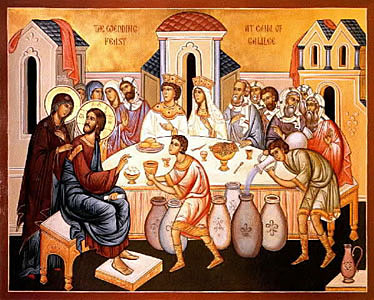
The dietary Laws given to Moses were an expansion of the command given to Adam. It is the self-denial of priestly obedience to God. Adam wasn’t ready for the tree of judicial responsibility (kingdom) but he seized it.
In the greater Bible picture, Israel’s history (from Moses) is this period of priestly obedience. But Jesus came and reversed Adam’s failure. Consequently the dietary laws are revoked, and with greater maturity, the people of God (through the first century death of Israel and her resurrection as the church) now, like Jesus, have the judicial wisdom of the Spirit, and the power to eat unclean things (Gentiles), consume them and make them clean. Only the power of resurrection can enter a room with a corpse in it, touch lepers and feast on Gentile meats and not be made unclean, but instead make the unclean clean by consuming it. This is the power of the New Covenant.
The white stone mentioned in Revelation 2:17 was always a mystery to me. There are plenty of commentators who make lame suggestions as to its meaning (they sound a bit like a student making up answers during an exam!), but James Jordan got me thinking about it along the lines of its subtle use in the Old Testament. I intend to cover this in a few posts, and consequently may ramble even a little more than usual, but everything is connected in the Bible’s symbol language. This is a bit of a journey, but I am sure we will find it rewarding. Oh, and you will need to switch off your modernistic mind and use your imagination. You know, that thing you only use when you read or watch fiction? You can use it to understand the Bible as well. I know, scholars most often don’t. To cover their inability to make much sense of texts such as the one we are about to inhale, they pretend the writings are a bit primitive. Why do we put one-eyed, colour-blind pencil pushers in charge of the kaleidoscope?
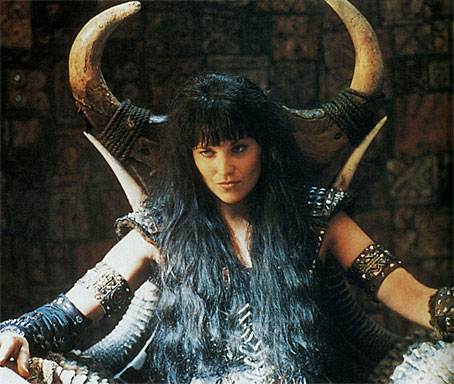
(Article requested by Drew J.)
This vow in Numbers 6 follows the “inspection of jealousy” in Numbers 5. Mark Horne observed that, just as the woman in Numbers 5 was to be inspected for harlotry with her hair untamed, so the Nazirite (whether male or female) was not to cut his or her hair. A Nazirite is a human picture of the church as a warrior bride. Hair is glory. Hair is the cloud of angels (and now, saints) surrounding the throne of God.
“Therefore the woman ought to have a symbol of authority on her head, because of the angels.” (1 Cor. 11:10)
A woman is the glory of her man. A woman’s hair is a symbol of submission, but also a symbol of her own “cloud of angels” – her godly offspring (See Ezekiel 5 for the children of Israel symbolised as the prophet’s hair, Micah 1:16, Matthew 10:30 and also my comments on Nehemiah and his hair-pulling). In battle, a Nazirite was like a blazing torch (the Ark-chariot/Adam) and smoking firepot (the smoke clouds of the incense altar/Eve army), parting his enemies like the pillar of God.
The hair is her “crop”, the twelve stars around her head (Rev. 12), and the question constantly posed to Israel concerns her role as God’s mediatorial Land. Is her crop one of thorns and thistles, or is it godly grain? This is also the question in Numbers 5, and the Lord put Israel to this exact test after the idolatry with the golden calf. The “harlots” were slain with the Levitical sword.
A friend of mine discovered John Piper and devoured just about every online sermon in under 12 months. It changed him profoundly. (I highly recommend Piper’s biographical series. I should listen to them again.)
Anyhow, my friend shared that Piper had made a comment about not ‘getting’ the prophets. As there are so many views on what the prophets are talking about, this is understandable. Based on what I’ve heard from James Jordan and my resulting studies, I would like to offer some helpful hints. They seem to play out, from what I can see.